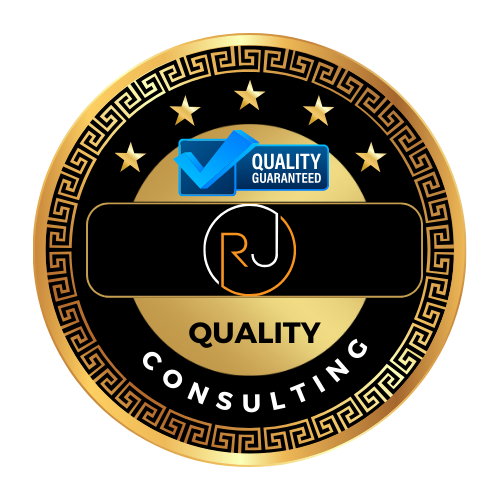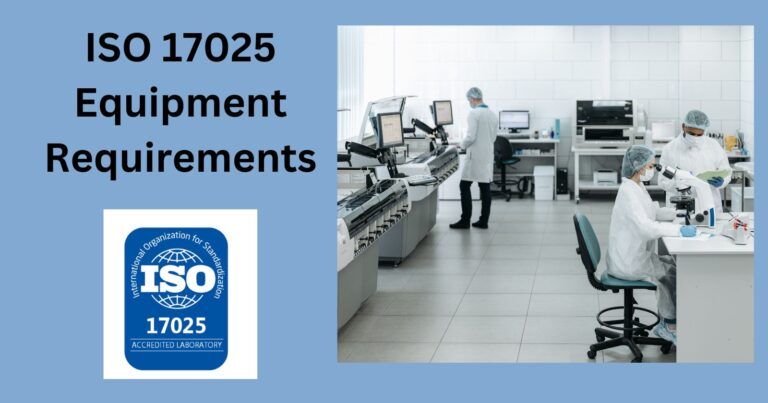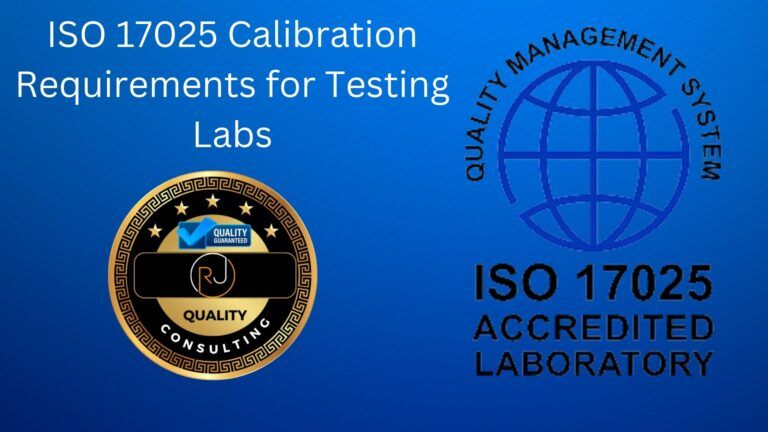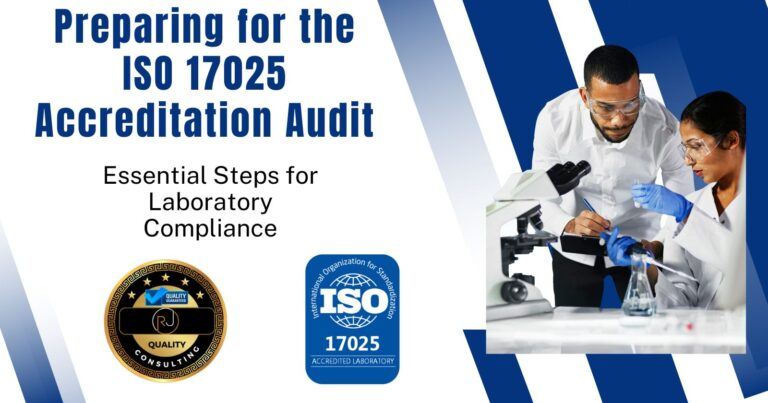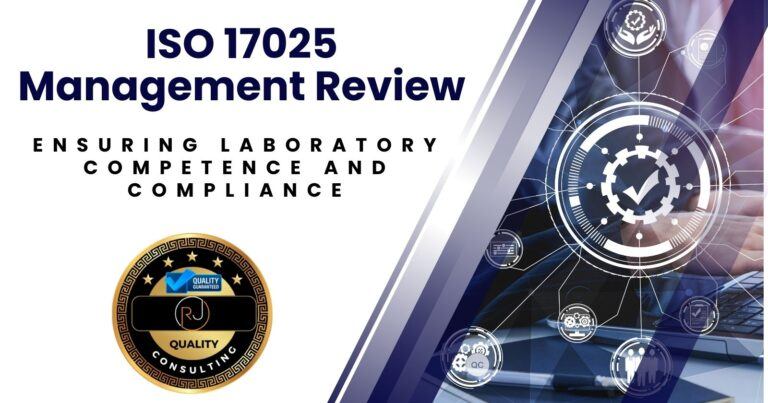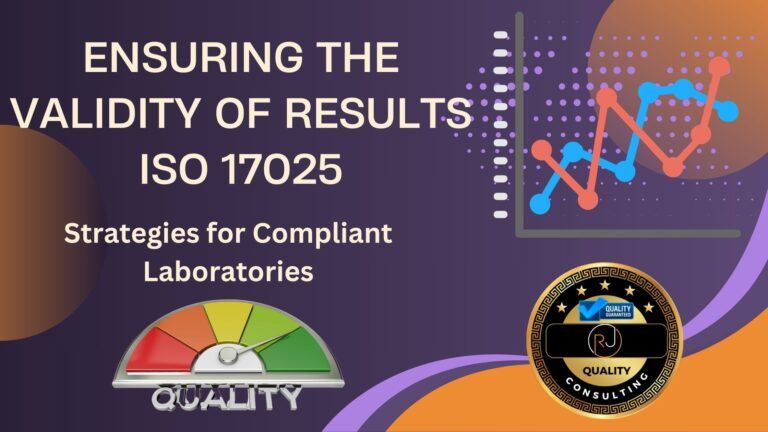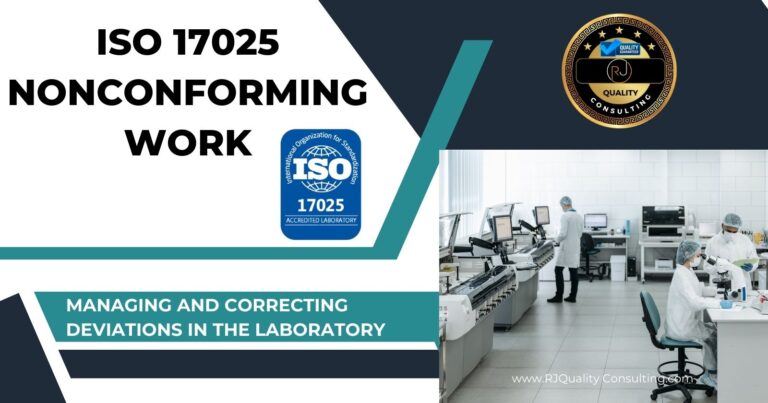ISO 17025 Proficiency Testing
ISO 17025 is a term I often hear in the laboratory setting, and if you’re involved in this world, you do too. It’s a standard that laboratories across the globe strive to meet, and for good reason. This standard isn’t just a set of rules to follow; it’s a testament to a laboratory’s ability to produce valid and reliable results and ISO 17025 proficiency testing plays a huge role in establishing and monitoring these results.
Why is it so significant, you might wonder? For starters, achieving ISO /IEC 17025 accreditation is akin to earning a badge of honor in laboratory competence. It signals to clients, regulatory bodies, and the scientific community that a lab has a robust quality management system in place and that it’s fully equipped to carry out specific testing or calibration tasks.
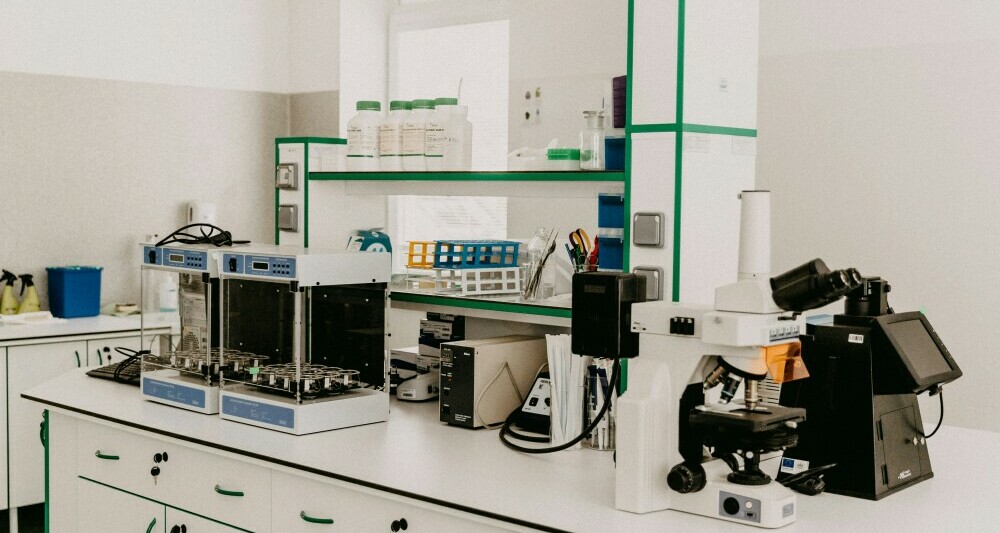
Yet, it goes beyond just proving capabilities. ISO 17025 fosters an environment of confidence and reliability that is essential for the complex interweaving of industry, science, and technology. Labs that comply with this standard demonstrate that they understand the precision and critical thinking required in today’s fast-paced, technically demanding landscape.
Book a FREE 45-Minute Consultation
During the Consultation We Will Give You a Clear Direction and Path For You to Move Forward with Your Certification or Accreditation Goals
Of course, a significant piece of the Laboratory accreditation puzzle is ISO 17025 proficiency testing, which is the next focus. Proficiency testing challenges labs to match the pace of relentless technological advancement and the exacting demands of industry and clients. It’s not just about keeping up; it’s about moving forward with confidence and mastery. And with that, let’s turn to the precise role of proficiency testing in maintaining and showcasing laboratory excellence.
Mastering Accuracy – ISO 17025 Proficiency Testing
In the world of laboratory testing, confidence in every result is non-negotiable. This assurance comes, in part, through proficiency testing, a method used to appraise a lab’s performance against pre-established criteria. It’s not just a box to check for compliance; proficiency testing is at the heart of operational integrity.
When labs participate in these tests, they are given the opportunity to demonstrate their ability to produce precise and accurate results. It’s an unbiased assessment that benchmarks their measurements against others, pushing quality to the forefront. Consistency here means that labs are doing their job right – and doing it well.
More than just keeping tabs on performance, proficiency testing acts as a mirror reflecting the lab’s analytical strengths and, sometimes, revealing areas in need of improvement. It prepares labs for the unpredictable, conditioning them to be ready for the myriad of samples and tests they will face in their daily operations.
Investing in proficiency testing also boosts customer trust. When labs can show that their results hold up against international standards, it sends a powerful message about their commitment to excellence. This trust is essential, especially when results have far-reaching implications for health, safety, and the environment.
The next section highlights how the ISO/IEC 17025:2017 standard, specifically Section 7.7 not only prescribes the ‘what’ and ‘when’ of proficiency testing but also sets the scene for ‘how’ these exercises should be conducted to maintain accreditation and guarantee the highest procedural standards. It also dictates the overall nature and application of quality control monitoring activities that is so vital for a laboratory to embrace.
Decoding Section 7.7: Navigating ISO 17025’s Proficiency Testing Requirements

You’ve acknowledged the importance of proficiency testing from our previous discussion. Now, I’ll turn the spotlight to Section 7.7 of ISO/IEC 17025:2017, which spells out the proficiency testing requirements for laboratories seeking accreditation. This section is the blueprint that ensures your laboratory’s results stand up to scrutiny.
First, it’s mandated that laboratories partake in proficiency testing or interlaboratory comparisons. Why? To objectively demonstrate that their results are precise and reliable. Section 7.7 doesn’t just suggest— it requires that your lab shows proficiency with the tests it normally performs.
What about the frequency of these tests? The standard doesn’t dictate a one-size-fits-all schedule. Instead, it insists on a frequency that aligns with risk levels, the complexity of the tests, and other specific factors such as regulatory requirements and customer needs.
The section also emphasizes the need for action in case your lab’s results are not up to par. If there’s a deviation, it’s crucial to investigate the cause, take corrective action, and document everything. This demonstrates not just compliance, but a commitment to continuous improvement.
In essence, Section 7.7 holds your lab to a standard of excellence and accountability. It’s about actively engaging with proficiency testing, not just ticking off a box on an accreditation checklist. Preparing for and executing these requirements effectively sets the stage for an ensuing discussion on PJLA policies in the next part of this exploration.
Aligning Policies with Precision: PJLA’s Take on Proficiency Testing
I’ve observed that once labs become familiar with the core ISO 17025 standards, it’s time to look at how specific accrediting bodies interpret and implement these standards. When it comes to proficiency testing and how it relates to laboratory procedures, the Perry Johnson Laboratory Accreditation, or PJLA, stands out.
Their policies don’t just mirror ISO 17025; they often provide additional structure. Check out the video below to get a deep dive picture of the requirements for ISO 17025 proficiency testing directly from a source that would be auditing your laboratories proficiency testing program.
PJLA acknowledges the importance of proficiency testing as crucial for maintaining high competency levels. Publications and training modules developed by PJLA reiterate proficiency testing as a key tool for both assessing analytical capabilities and demonstrating confidence in lab results. This dual focus aligns with the ethos of ISO 17025 but also extends it by emphasizing continuous improvement, a topic which PJLA elaborates on significantly in their educational resources.
While ISO 17025 lays out the framework, PJLA-specific policies offer more granularity on the proficiency testing schedule and the selection of relevant challenges, guiding labs with a more hands-on approach. Labs accredited under PJLA are expected to participate in proficiency testing that thoroughly covers their scope of accreditation and to analyze test outcomes with a critical, performance-oriented lens.
As a professional in this space, I advise labs to optimize the use of PJLA’s policies not only to meet ISO 17025 requirements but also to exceed them. It’s about continuous refinement of lab processes and the commitment to excellence that PJLA encourages through their focus on proficiency testing.
This proactive attitude toward proficiency testing serves as a bridge into the next critical stage: planning and participating in proficiency testing. A lab’s ability to select the right proficiency programs, prepare adequately, and extract the maximum value from participation requires a strategic approach. In the subsequent section, I’ll provide you with practical advice on how to navigate this process, ensuring that your lab benefits fully from the proficiency testing opportunities available.
Strategizing Success in Proficiency Testing: Preparation and Participation
The right proficiency test can be a game-changer for a lab. Picking one isn’t just flipping through a catalog and pointing at random; it’s more strategic. Labs must identify proficiency testing providers accredited to ISO/IEC 17043, ensuring the testing is relevant to their specific activities.
I’ll share some tips on making sense of the often overwhelming world of tests. Start by drilling down into your lab’s scope of accreditation and match it to potential programs. This means not just looking at what you currently do, but what you plan on expanding to in the future.
Once the right test is chosen, participation is much more than simply performing the test. It’s critical to document everything meticulously. That includes specifics on sample preparation, testing procedures, and all of the individual steps taken. This documentation is invaluable, especially if results are called into question.
Then there’s the matter of timing. Regular participation is essential, but so is being ready for it. Failure to prepare can skew test results and negatively impact the lab’s reputation. It’s about understanding the test schedule and having processes well-oiled to perform the tests reliably every time.
But here is the kicker: successful participation doesn’t end with submitting results. It’s about using those results to improve. If a lab consistently performs well, that’s awesome. It confirms reliable operations. But if not, it’s time to dig deep. Addressing any identified deficiencies head-on can transform performance and credibility in the long run.
Interlaboratory Comparisons vs. Proficiency Testing

While proficiency testing is crucial for maintaining laboratory standards, it’s not the only tool at your disposal. The interplay between interlaboratory comparisons and proficiency testing is worth understanding. Both are designed to enhance the precision and effectiveness of your lab’s work, but they serve different roles. Not only are proficiency testing and interlaboratory testing good for ensuring the quality of your data, but they are also ways to meet the ISO/IEC 17025 requirements stipulated in Clause 7.7, Ensuring the Validity of Results ISO 17025 style.
Interlaboratory comparisons involve multiple laboratories conducting the same analyses independently and then comparing results. It’s a cooperative approach that emphasizes collaborative improvement and benchmarking against peers. On the other hand, proficiency testing typically involves a designated provider that administers tests and measures each laboratory’s performance against predetermined criteria.
The two are complementary; while proficiency testing provides objective assessments of a lab’s procedures against robust standards, interlaboratory comparisons offer a more collaborative environment to identify best practices and performance gaps. Understanding how each can benefit your laboratory is part of the journey towards accreditation and beyond.
Frequently Asked Questions
What is proficiency testing in ISO 17025?
Proficiency testing in ISO 17025 is a means for laboratories to assess their performance in conducting tests or calibrations. It involves external evaluations where laboratories analyze the same samples and compare results to ensure accuracy and reliability.
What is the ISO standard for proficiency testing?
The ISO standard for proficiency testing is ISO/IEC 17043, which specifies general requirements for the competence of providers of proficiency testing schemes and the development and operation of proficiency testing schemes.
What are the 5 requirements of ISO 17025?
The five key requirements of ISO 17025 include: the scope of the laboratory’s activities, normative references, terms and definitions, general requirements for competence, and structural requirements. These elements ensure laboratories operate competently and can generate valid results.
What is proficiency testing standards?
Proficiency testing standards are guidelines and criteria set to govern how proficiency testing is conducted. These standards ensure that the testing is performed consistently, accurately, and impartially across different laboratories.
ISO 17025 Proficiency Testing Conclusion
In wrapping up the discussion on ISO 17025 Proficiency Testing, it’s clear that this process is crucial for demonstrating a laboratory’s capability to produce precise and accurate test results. Embracing proficiency testing enables laboratories to identify areas for improvement, ensuring continuous quality enhancement and adherence to international standards. It’s not just about compliance; it’s about striving for excellence in scientific and technical endeavors. Laboratories committed to this path not only uphold the integrity of their results but also foster trust and confidence among their clients and the wider community.
To further solidify the importance of ISO 17025 Proficiency Testing, it’s pivotal to recognize its role in fostering a culture of excellence and continuous improvement within laboratories. By participating in proficiency testing, laboratories not only demonstrate their compliance with international standards but also signal their ongoing commitment to delivering high-quality results. This dedication to quality assurance not only enhances operational efficiency but also boosts customer confidence, setting a foundation for sustained success and innovation in the scientific and industrial sectors.
